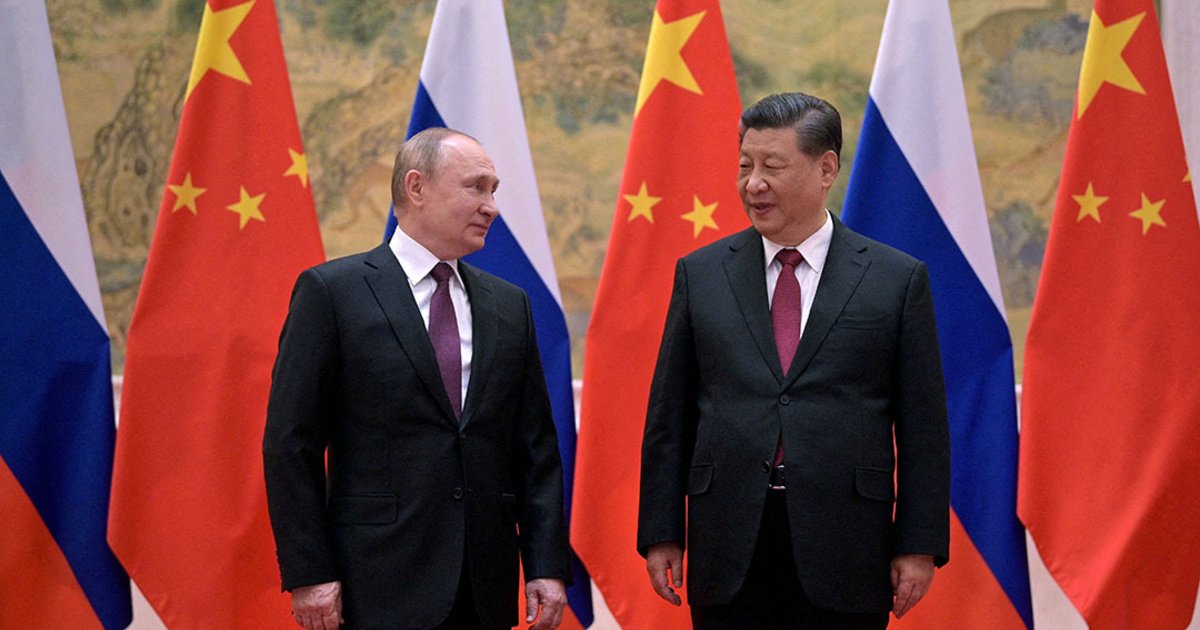The Akademik Lomonosov, the world’s first floating nuclear power plant, has been docked off the Siberian coast near Alaska, supplying energy to around 200,000 people on land for four years using small modular reactors (SMRs). This technology, also employed by dozens of US submarines, is emerging as a pivotal player in the global push for a nuclear renaissance.
SMRs, smaller and more cost-effective than traditional reactors, are at the forefront of competition between the US, Russia, and China, each striving for dominance in their construction and sale.
The Biden administration is heavily investing billions of dollars in SMRs, recognizing the economic and environmental potential they offer. However, China currently leads in nuclear technology and construction, while Russia holds a key position by supplying the majority of the world’s SMR fuel. As countries worldwide strive to rapidly decarbonize their energy systems, the race for SMR dominance intensifies.
Despite SMRs providing less energy compared to traditional plants, about a third, of their advantage lies in requiring less space and being deployable in various locations. Comprising small, easily assembled parts, SMRs are likened to a nuclear plant flatpack.
The US, eager to tap into this potentially lucrative market, is attempting to sell entire fleets of reactors to countries, moving away from the historically challenging large-scale power plants.

The International Energy Agency underscores the crucial role of nuclear energy, including SMRs, in the transition to a low-carbon future, emphasizing the need to more than double nuclear energy by 2050.
The US, lagging behind China and Russia in international agreements, is pushing to catch up, promoting the safety and benefits of SMRs. As the global demand for SMRs rises, the competition intensifies, with nations seeking to export these reactors as a means to address climate change.





